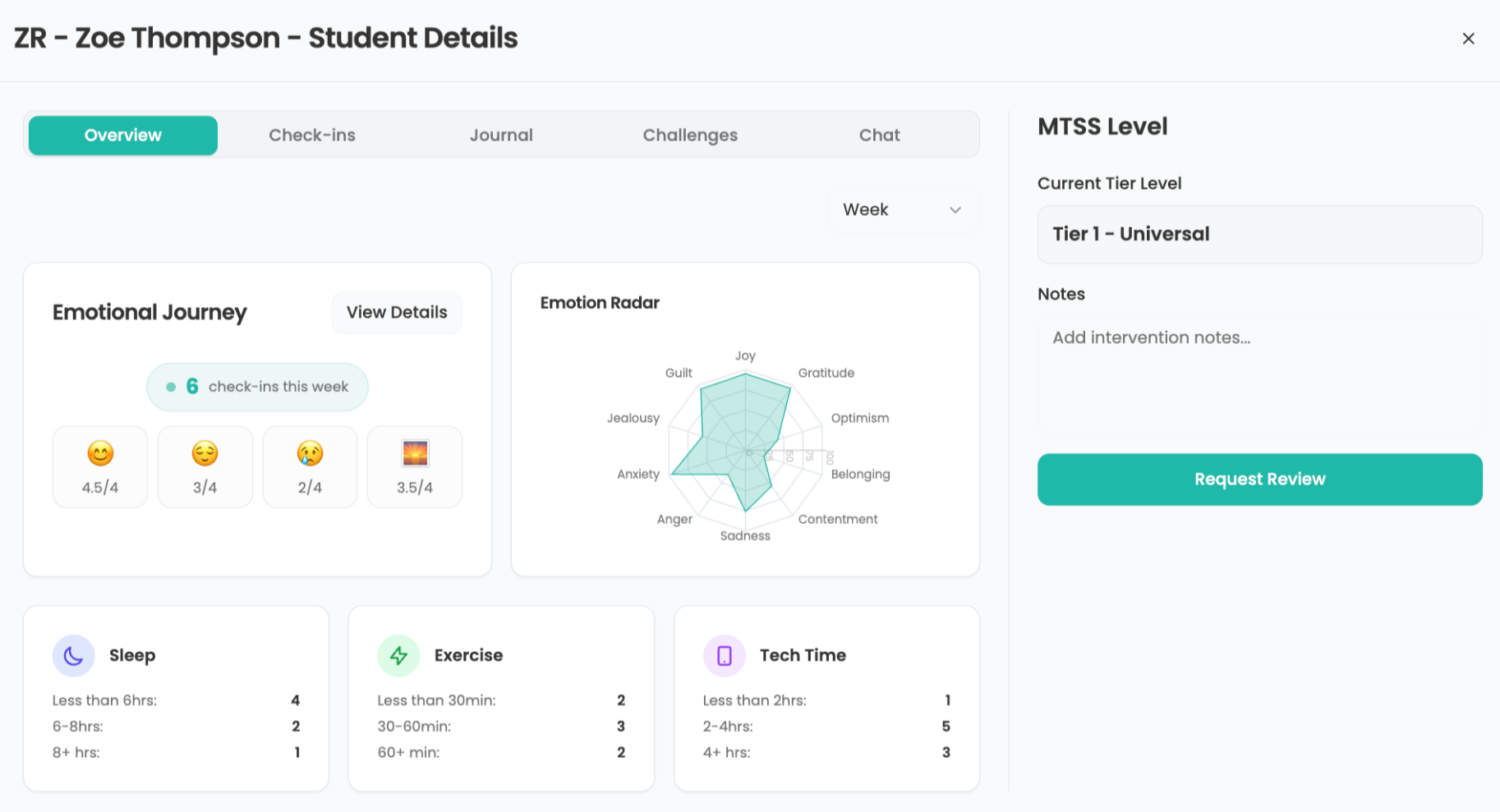News and Trends(19)
from Technology & Learning
The hype on connectivity, surprising stats on kids and the Net, disaster plans, and more.
The Age of the Disaster Plan
The recent Southern California wildfires burned nearly 375,000 acres, destroying more than 1,300 homes, forcing hundreds of thousands of residents to flee, and shutting down all schools in San Diego. And scientists say we can look forward to more extreme weather—firestorms, droughts, hurricanes, and flooding—as the consequences of global warming continue to manifest. For schools trying to keep things as close as possible to "business as usual" during shutdowns, e-mail trees, file sharing, online course platforms, data storage and backup, and other technology-based solutions are imperative. Stay tuned for an upsurge in products and services designed for district emergency preparedness.
We love StudyCurve’s smart combo platter: social networking; subject area focus; experts; tutorials; and a secure environment. Targeting middle school through PhD candid ates, this new, free site surrounds users with like-minded members for ongoing help and collaboration on everything from chemistry and bioinformatics to leadership and public affairs. The site prompts users to create profiles around curriculum areas of expertise and those they’d like to learn more about, and also allows users to post pictures and designate "study buddies." StudyCurve differentiates itself from "query" and other social networking sites with features like interest "tags" that connect users with similar interests, an Expert Rating System, virtual study groups, and the pairing of business professionals and college professors with students.
Educators will also find the site a friendly spot for private class forums, posting Q&As, and locating classrooms across the country for collaborative projects. Best of all, adults can rest easy—the StudyCurve team controls all content, display, and distribution on the site. Check it out!
Tools and ideas to transform education. Sign up below.
Big Brother or Just Smart Thinking?
The Trackstick II Personal GPS Tracker, which lists for $199, with more than 1MB of memory, can record "location, time, date, speed, heading and altitude" of your entire journey for months. With signals from 24 satellites orbiting the globe, and the ability to seamlessly connect with Google Earth, spotting an exact location and learning all about the surrounding area is easily done. While the company markets it as a vacation tool, and it certainly suggests some interesting geography or history unit activities, it also suggests that it works well for law enforcement, public safety, and employee and vehicle monitoring. Hmmmm…are we there yet?
Percentage of school districts that say that atleast some of their teachers assign homework requiring Internet use. While this figure is good news on one front, it is disturbing on another. Representatives of the National School Boards Association, which commissioned the study and spoke with 250 school district leade rs, are concerned about the growing digital divide bet ween those with home access and those without. Look for a new focus on after-hours and weekend computer access at schools and ramped-up partnerships with community libraries and media centers to help bridge the gap for the "have-nots." And additional interesting statistic from the same study is the reported .08 percent of children (1,277 nine–to 17-year-olds and 1,039 parents responded) who say they’ve "actually met someone in person from an online encounter without their parents’ permission." This, and additional statistics on cyberstalking and cyberbullying, points to what NSBA sees as "… fewer recent or current problems … than school fears and policies seem to imply." From Creating and Connecting: Research and Guidelines on Online Social—and Educational—Networking, a July 2007 study commissioned by NSBA and directed by Grunwald Associates LLC. www.grunwald.com
According to estimates by the networking company Nortel, "By 2010, there will be 10 devices connected to the network for every person accessing the network." The company says users will rely on networks to move myriad data back and forth from a variety of devices, including iPods, cell phones, PCs, security sensors, medical devices, and much more. Their point? The exponential growth of digital data means heightened security vulnerabilities. Nortel has recently announced a partnership with Carnegie Mellon’s CyLab research center to seek innovative new solutions to keeping networked data secure. Stay tuned.
